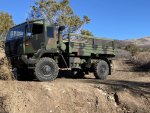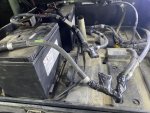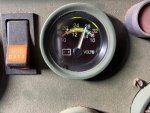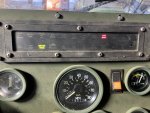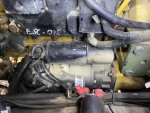Dedicated power systems might be a little overkill. The systems you are talking about powering are pretty robust, otherwise we would be discussung their failures here regularly, and we simply do not, despite all the alt and batt issues we see. There are other ways to do this also, Newmar makes products for just this purpose, start-guard and nav-guard I think? But it addresses a non-existent issue IMO.
This also does not address the root cause of all the power and alternator issues, an alt not sized properly to deal with such a large battery bank.
If you simply remove 2 of the batteries, you drop the chance of the LBCD dosconnecting to virtually zero, as 2 batts, unless completely shorted and dead(cant even crank truck), would have a hard time overloading the alt to a point where the LBCD would disconnect, even when stone dead.
Removing the disco relay guarantees zero disconnects, while still retaining the capacitor spike absorbing/filtration capability. You can probably sell that disconnect on ebay for $$$(~$600 new). Or disconnect its control wire from the LBCD, leaving remote switched disconnect control from the dash and passrnger engine bay, which is a good feature IMO.
The LBCD provides the only automatic charging system monitoring(drives charging failure dash light) on any of these trucks. That would be an easy enough feature to add though with a simple voltage sense circuit driving the dash light. You could probably even make it flash




